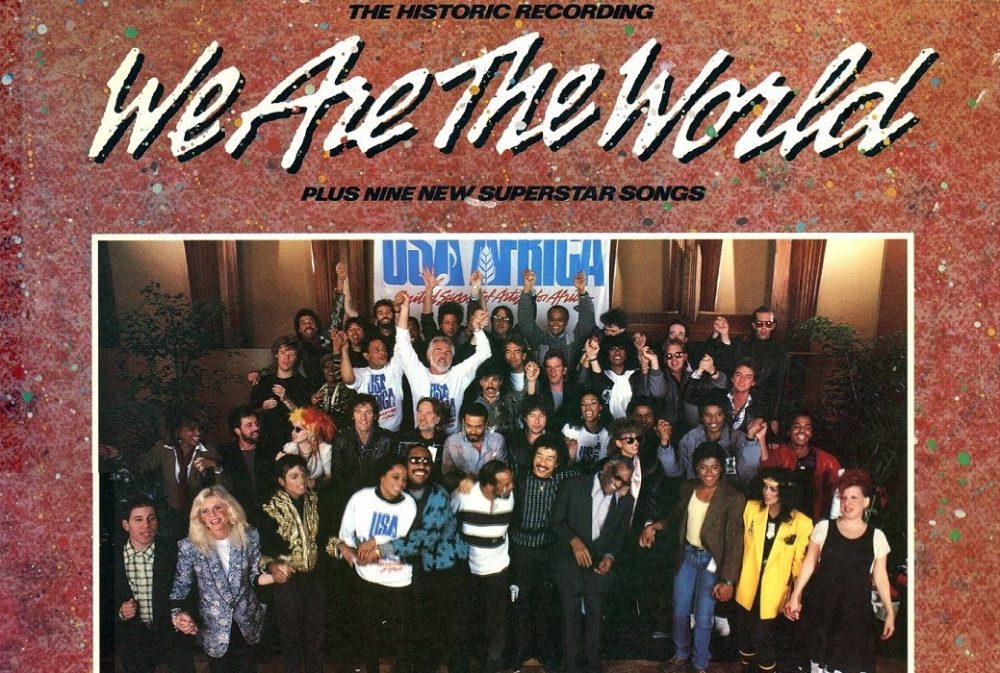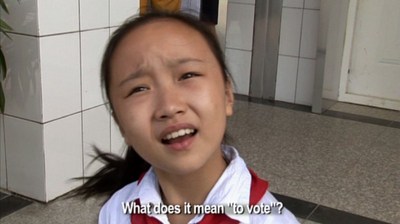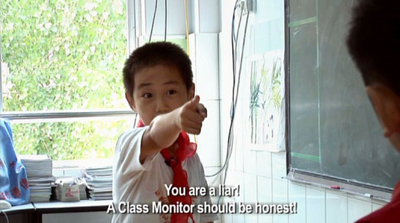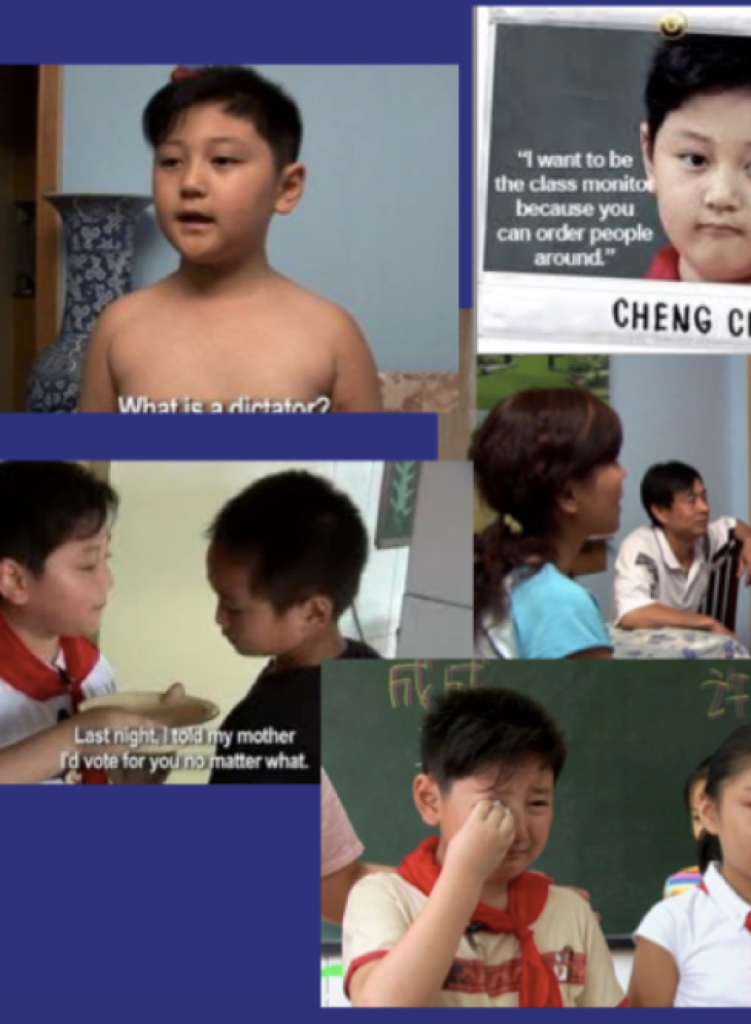Reading the parable, The Grocer and the Chief, I kept asking myself why the Chief and the Grocer pose so much difficulty for Tosun. Tosun, a young scholar from Ankara, was searching for a Balgat that represented the “deadening past rather than the brave quite new world.” (47) At first glance it seemed as if he succeeded at finding this dreamy desolate place of his imagination. He states, “I have seen quite a lot of villages in the barren mountainous East, but never such a colorless, shapeless dump. This was the reason I chose the village. It could have been half an hour to Ankara by car if it had a road, yet it is about two hours to the capital by car without almost any road and is just forgotten, forsake, right under our noses.” (48) In his respondents, Tosun strived to find people who paralleled the same desolate atmosphere he perceived in Balgart; however, two of his interviewees–the Chief and the Grocer–vehemently rejected these caricatures. This highlights Gaventa’s Power and Powerlessness, and the ways in which people combat or submit to hegemonic ideas of what it means to be a resident of a certain location, socioeconomic class, race; etc. These two figures embody the extremes of a spectrum: a a full rejection of tradition and the full acceptance of it. Tosun describes the chief as having “some sort of useless, mystic wisdom” (48)–a “vibrant sound box through which the traditional Turkish virtues may resonantly echo. The chief embodies an acceptance of his surrounding as he believes God ahs given him all that he needs. In this way, the Chief embodies a paradox that Tosun was not suspecting because the Chief is content with and prideful of what Tosun sees as a desolate, gray and dust-filled area. In contrast, the Grocer rejects the traditions that the Chief hold so dear. In its place, the Grocer “lives in a different world–an expansive world, populated more actively with imaginings and fantasies, hungerings for whatever is different and unfamiliar.” (49) In this way, Tosun embodies an interesting juxtaposition of living in an area that is not “modernized” and yet hopeful of a modern period. Because Tosun is searching for people who are representative of this forsaken, forgotten reality but instead finds someone who is wanting to create a village that no longer just “stays in their holes.” (49) This relationship causes a friction that is hard for Tosun to digest.
I’d also like to highlight that it is easy to assume that this story depicts a city’s evolution away from God and religion, but I would like to push back on that idea. Without a doubt, the transition, causes new values of capitalism and autonomous success to supersede that of the smaller villages’ connection to one another but this does not destabilize their faith in God. When talking about the the Grocer, one man stated, “Ah, he was the cleverest of us all. We did not know it then, but he saw better than all what lay in the path ahead. We have none like him among us now. He was a prophet.” (56) This sentimentality evokes Christian scriptural reference as prophets became the hated but eventually admired guides f Israel’s existence. Even with the introduction of bus services and radio stations, the centuries old language of religion can not be taken away from these people. The way in which they understand the world is still through a lens of religion and God. Therefore, the sacred and the profane are not as separated as we might assume. Instead, these two spheres of reality are very much intertwined with one another’s existence. Although the “Grocer was dead” … “the Chief–the last Muhtar of Balgat”–had reincarnated the Grocer in the flesh of his sons.” (56) In this way, the sacred created the profane but that the profane also created the sacred.



